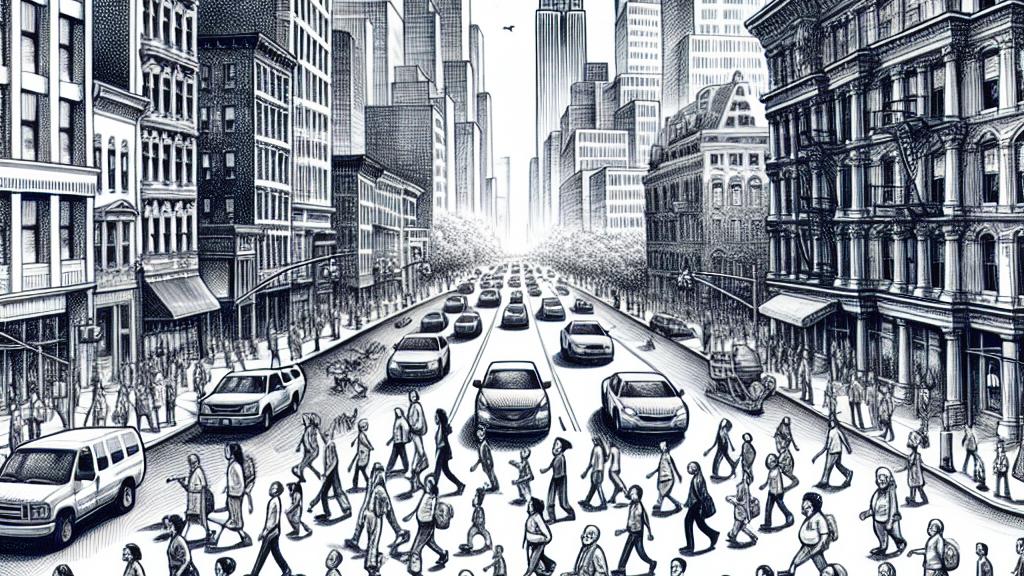New York City Legalizes Jaywalking to Address Racial Discrimination in Traffic Violations
Overview
- NYC's recent legislation allows jaywalking effective February 2025, marking a historical change.
- This law targets racial bias in traffic enforcement, aiming to create a fairer legal landscape.
- Despite the positive intentions, concerns about escalating pedestrian accidents are emerging.

The Context of the New Law
In a groundbreaking legislative move, New York City has legalized jaywalking, a first of its kind, set to commence in February 2025. This decision springs from a desire to dismantle racial inequities entrenched in traffic law enforcement. For example, startling evidence showed that over 92% of jaywalking citations targeted Black or Latinx pedestrians, underscoring a pattern of systemic discrimination. Despite the law's intention to encourage fair treatment, the strict regulations that had been in place since 1958 failed to improve public safety, as countless pedestrians continued to breach them. This new legislation is not merely a reaction; it represents a significant transformation in thinking about how laws should reflect the community's needs and values.
Navigating the Safety Debate
While many view this change as a triumph for equity, significant apprehensions regarding pedestrian safety loom large. In recent years, NYC has seen over 200 pedestrian fatalities — a grim reality that raises critical questions. Will dismantling jaywalking laws encourage safe crossings, or inadvertently lead to chaos on the streets? It's not just about legal freedom; it's about fostering a culture of responsible behavior among travelers. To mitigate potential risks, educational outreach campaigns can play an invaluable role by teaching pedestrians the importance of vigilant street crossing. Ultimately, it’s about striking a balance – ensuring that safety remains a priority even as laws evolve to be more just.
Implications Beyond New York City
The implications of NYC's decision echo across the nation, as many cities grapple with similar issues of traffic law and racial discrimination. California stands as another example, where recent legislation allows officers to cite jaywalkers only when there is an imminent danger of collision, illustrating a commitment to fair law enforcement. Beyond just statistics, systemic racism haunts U.S. policing, with reports indicating that minorities often face harsher penalties. This call for reform speaks to a broader need: the urgent demand for justice and equality within the legal system. As New York City boldly takes this step, it challenges other jurisdictions to follow suit, promoting a narrative that every person deserves fair treatment and safe passage on their streets.

Loading...